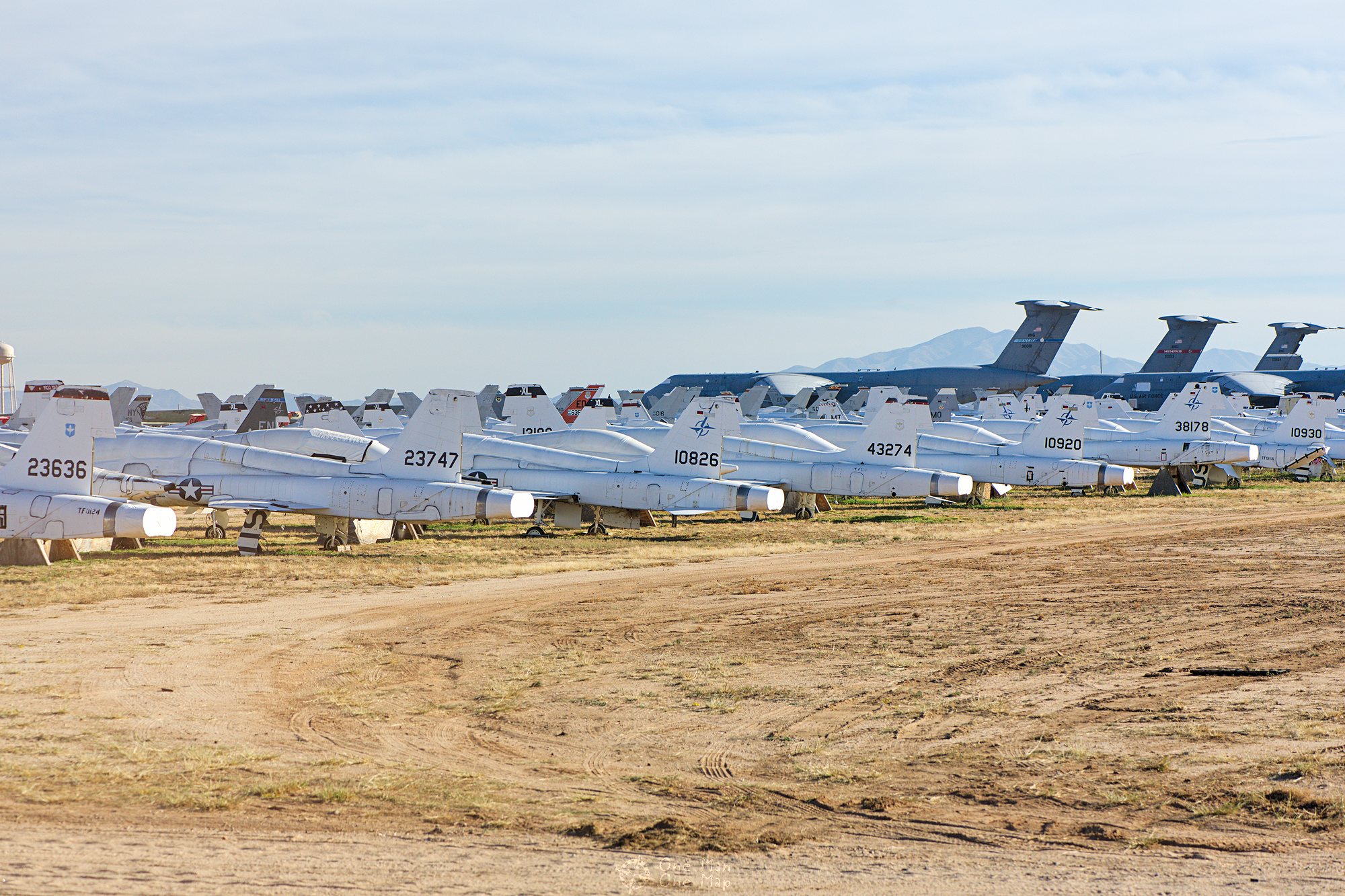

When aircraft arrive at the AMARG, they are by the "receiving branch".

576th Aerospace Maintenance and Regeneration Squadron.The Air Force Materiel Command's 309th Aerospace Maintenance and Regeneration Group (AMARG) is organized as follows: It also serves as an auxiliary facility of the National Museum of the United States Air Force, and stores tooling for out-of-production military aircraft.ĪMARG's typical inventory comprises more than 4,400 aircraft, which makes it the largest aircraft storage and preservation facility in the world. It is the largest airplane boneyard in the world.Īnother role of AMARG is to support the program that converts old fighter jets, such as the F-4 Phantom II and F-16, into aerial target drones. Some were preserved and returned to action in the Korean War, others were scrapped.Įntrance to the Aerospace Maintenance and Regeneration Group (AMARG) at Davis-Monthan Air Force Base (photo by )ĭavis-Monthan is today the location of the 309th Aerospace Maintenance and Regeneration Group (AMARG), the sole aircraft boneyard and parts reclamation facility for all excess military and government aircraft.Īircraft from the Air Force, Navy, Marine Corps, Coast Guard, NASA and other government agencies are processed at AMARG, which employs 550 people, almost all civilians. In 1985, the facility's name was changed again, from MASDC to the Aerospace Maintenance and Regeneration Center (AMARC) as outdated ICBM missiles also entered storage at Davis-Monthan.īy May of 1946, more than 600 B-29 Superfortresses and 200 C-47 Skytrains had been moved to Davis-Monthan. In early 1965, aircraft from Litchfield Park began the move from Phoenix to Tucson, mostly moved by truck, a cheaper alternative than removing planes from their protective coverings, flying them, and protecting them again.

In 1965, the Department of Defense decided to close its Litchfield Park storage facility in Phoenix, and consolidate the Navy's surplus air fleet into Davis-Monthan.Īlong with this move, the name of the 2704th Air Force Storage and Disposition Group was changed to Military Aircraft Storage and Disposition Center (MASDC) to better reflect its joint services mission. In addition, about 30 other aircraft were stored at Davis-Monthan that were destined for museums, including the "Enola Gay" and "Bockscar". The geology of the desert allows aircraft to be moved around without having to pave the storage areas.īy May of 1946, more than 600 B-29 Superfortresses and 200 C-47 Skytrains had been moved to Davis-Monthan. Stacks of Republic F-84F Thunderstreaks at Davis-Monthan AFB awaiting scrapping in November, 1958


 0 kommentar(er)
0 kommentar(er)
